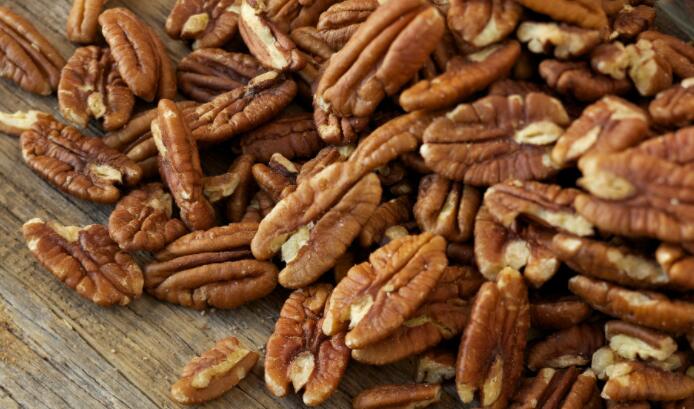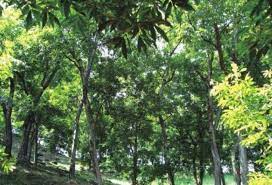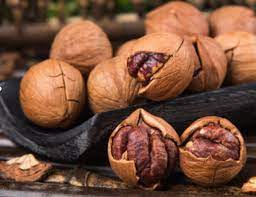Introduction
Hickory nuts, those captivating nuggets of nature, have piqued the curiosity of foragers, culinary enthusiasts, and nature lovers alike. They stand as a testament to the intricacies of the natural world and the bounty it offers. In this exploration, we aim to answer a simple yet intriguing question: "What does a hickory nut look like?" Understanding the visual characteristics of hickory nuts is key to foraging, culinary artistry, and an appreciation of nature.
II. Overview of Hickory Trees and Nuts
Before we dive into the visual details of hickory nuts, let's provide a brief overview of hickory trees and their significance. While these trees are often associated with North America, our focus turns to the far east, where the Chinese Hangzhou and Lin'an regions play host to the Chinese Hickory Nut. The hickory tree connection remains vital as we explore the nuts they bear.
III. Hickory Nut Species
The world of hickory nuts is diverse, with different species each presenting their unique visual distinctions. In the Hangzhou and Lin'an regions, Carya cathayensis, the Chinese Hickory Nut, takes the center stage. We'll delve into the characteristics that make this particular nut visually intriguing.
IV. External Characteristics
The outer shell of a hickory nut is its first line of defense, both in the wild and in your kitchen. In the Hangzhou and Lin'an regions, Chinese Hickory Nuts showcase varying shapes, sizes, and colors that add to their visual charm. The husk, or shell covering, differs in texture and appearance, and understanding its role is key to recognizing this unique nut.

V. Internal Characteristics
The inner kernel of the Chinese Hickory Nut, the edible treasure, exhibits characteristics that are equally captivating. We'll explore the colors, textures, and sizes that make the kernel visually distinct. Understanding the kernel's appearance is crucial for culinary purposes, where it plays a vital role in various dishes, adding to both flavor and aesthetics.

VI. Recognizing Hickory Trees
The identification of hickory trees in the wild is a valuable skill. In the Hangzhou and Lin'an regions, understanding the leaf and bark characteristics unique to hickory trees is essential. We'll offer tips on distinguishing between different hickory tree species based on their leaves and the appearance of their fruit, namely the Chinese Hickory Nut.

VII. Geographical Variations
Just as the landscape and climate shape the appearance of hickory nuts in North America, the Chinese Hangzhou and Lin'an regions influence the visual characteristics of the Chinese Hickory Nut. We'll examine the specific distinctions that set the Chinese variety apart in terms of its appearance and visual appeal.
VIII. Seasonal Changes
Seasons exert their influence on the visual attributes of hickory nuts. As the seasons change, hickory nuts in the Hangzhou and Lin'an regions undergo transformations in terms of color and size. We'll explore these changes and provide insights into the best times to forage for Chinese Hickory Nuts, aligning our visual perception with the seasons.
Conclusion
In this visual guide to hickory nuts, we've journeyed from the outer shell to the inner kernel, through the forests of Hangzhou and Lin'an, and across the seasons, understanding the significance of recognizing hickory nuts. Armed with this knowledge, you can explore the enchanting world of the Chinese Hickory Nut, appreciate its visual diversity, and harness it for culinary ventures. As you embark on your own hickory nut adventures, we invite you to share your thoughts, questions, and personal experiences in the comments below. Nature's treasures await your discovery.
